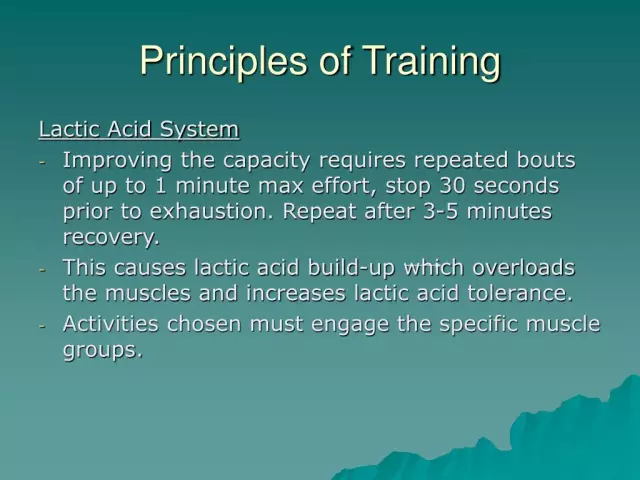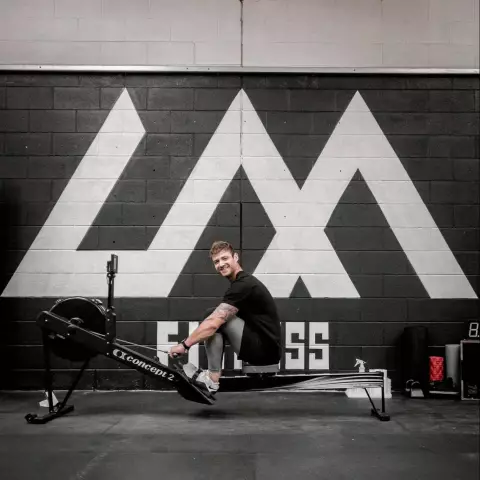- Author Rachel Wainwright [email protected].
- Public 2023-12-15 07:39.
- Last modified 2025-11-02 20:14.
Taichi gymnastics
Taichi is healing gymnastics, martial arts and dance at the same time. Taichi is from ancient China - it was at that time that the idea arose to create a dance that could heal the body, strengthen the fighting spirit, restore the broken connection between the body and the mind.

Today, tai chi masters recommend this technique if you need to strengthen joints and muscles, increase muscle flexibility, improve coordination, and shorten the recovery period after fractures and injuries. Also, tai chi serves as an excellent prevention of osteoporosis, as a means of raising the general tone.
Taichi can be studied as a martial art, but for this you should visit special sections. If the goal is to improve your health with the help of this gymnastics, then, as the taichi masters say, there is no difficult exercise in the exercises - it is enough to take a few lessons and you can continue, if you wish, classes at home.
It is a mistake to study tai chi in order to lose weight. Taichi features fluidity of movement, constant concentration and meditation, not speed and strength. This gymnastics teaches you to control your body and mind. It is based on the doctrine of energy, the correct circulation of which ensures both physical and spiritual health.
How to start tai chi training
Since gymnastics itself does not imply fuss and dynamics, one should also begin to study the technique slowly. First you need to learn to control the body - to be able, while standing on one leg, not to fall, at the same time to keep the spine correctly, and to move the legs and arms correctly. In the process of training tai chi, the muscles gradually get used to the tension, joint pain decreases, and stretching improves.
The longer you train, the more tai chi affects your mind. Those who are constantly engaged in gymnastics say that efficiency and concentration of attention improve, irritability goes away, the emotional background is leveled, and the state of the nervous system is noticeably improving.
Gymnastics has practically no contraindications; it can be used even by cancer patients and the elderly.
For tai chi, shoes with thin soles are suitable to better feel the floor or ground. It is also allowed to practice barefoot or in socks, if the temperature in the room allows. The training form should be such that it does not constrain movements, and does not distract from the exercise.
You can practice tai chi every day, like yoga, indoors or outdoors. At the same time, it is important to monitor the external temperature - it should be comfortable, that is, not hot or cold.
Another important point is the choice of a tai chi master. If the goal is to restore relationships with oneself, and not just have fun, then you should find a person who has been practicing tai chi for a long time. Nowadays, many fitness centers offer such gymnastics, but in most cases it is only about unusual aerobics without meditation and self-knowledge.
Also in tai chi, an individual approach from the coach is important, pay attention to this too. Your psychological and physical condition should be taken into account.

Examples of exercises
Here, for example, a set of tai chi exercises:
- Dive into Chi. You need to stand up straight, spread your legs hip-width apart, distribute your body weight on your feet, bend your knees (slightly). This is called the home position. After taking it, you need to take a deep breath, raise your arms to shoulder level, raise your hands, bend your elbows so that your palms are at forehead level, and then straighten your arms in front of you. This must be done 4 times;
- "Hugs with the moon". The starting position described above is taken, a deep breath is taken, the arms are bent as if they are holding a ball, the fingers on the right foot rest on the ground, while her heel touches the left ankle. The right knee is pulled to the side;
- "Horse mane". Continuing to stand in the "Embrace with the Moon" pose, take a deep breath, take a step to the right. At the same time, the legs should be slightly wider than shoulder-width apart. The right hand is extended forward, its elbow is slightly bent, the hand is lifted up, and the palm is turned towards the face. The left arm should also be bent at the elbow, and its wrist should be pressed against the thigh (its upper part), the hand should be extended forward;
- "Jerk". Continuing to stand in the horse mane pose, you need to take a deep breath, lean back, slowly straighten up, bend your left elbow so that your palm is at the level of your forehead. The right arm is also bent at the elbow, the palm looks down. After that, you need to take a deep breath, throw your left hand sharply forward. At the same time, her hand is bent, and her palm looks forward.
Found a mistake in the text? Select it and press Ctrl + Enter.






